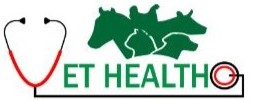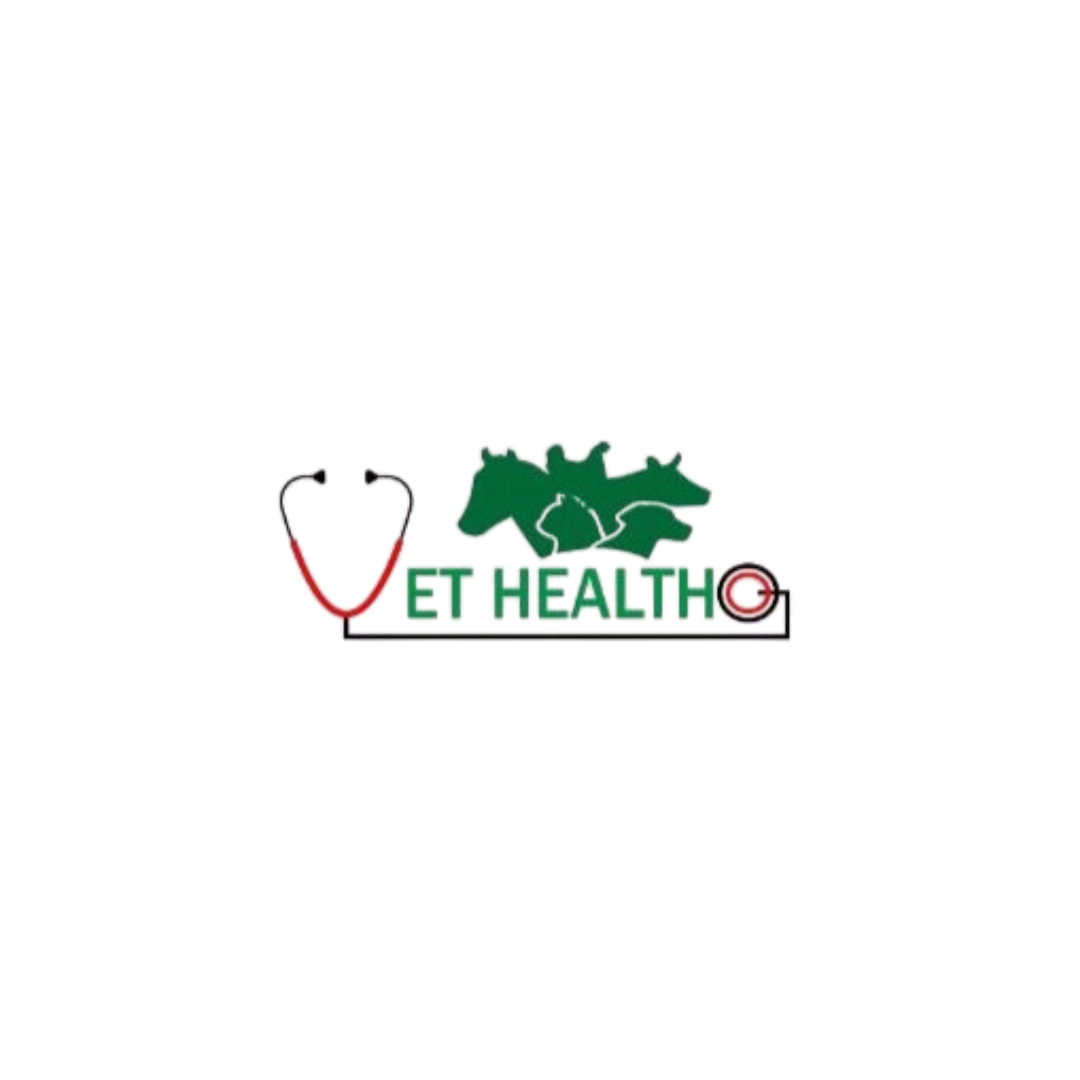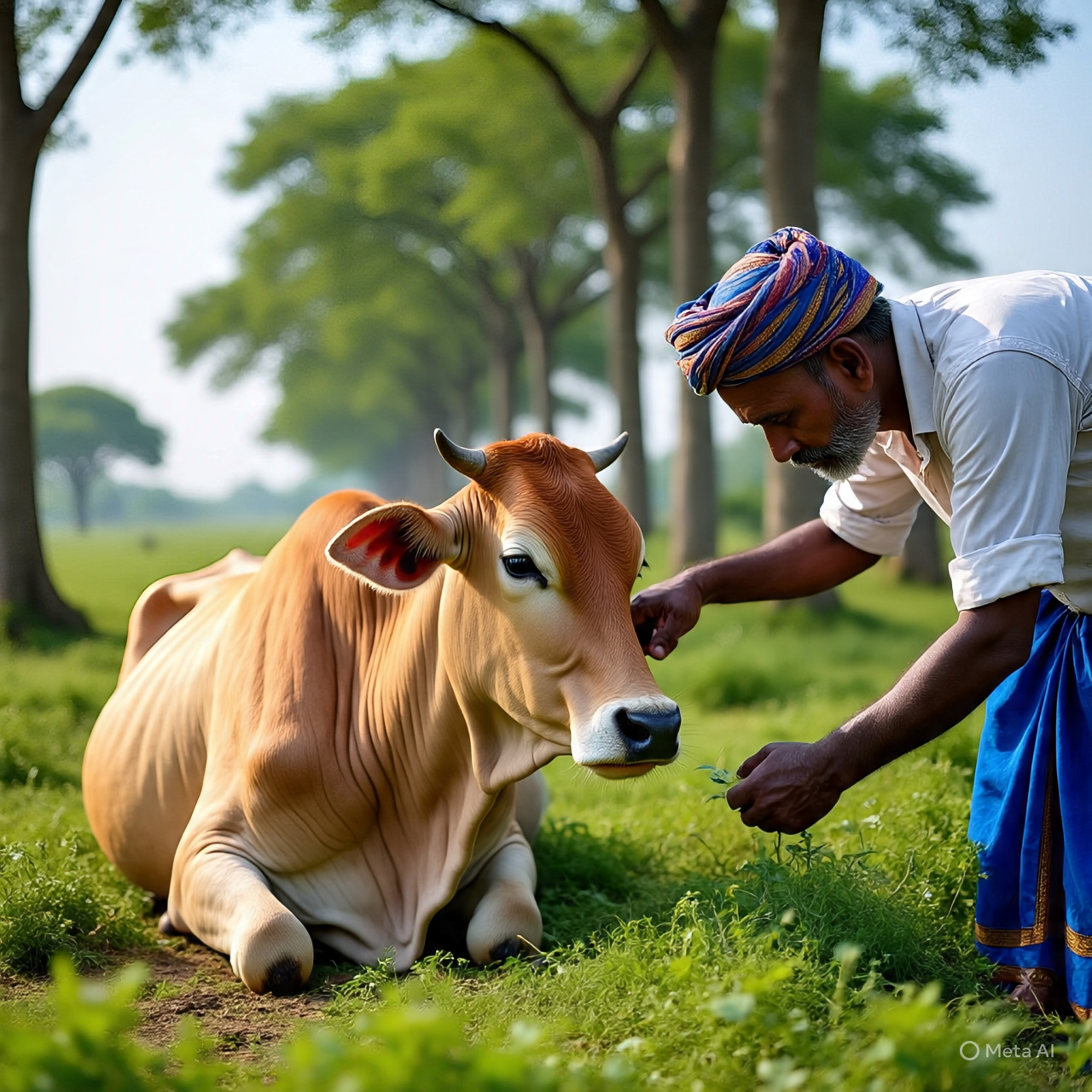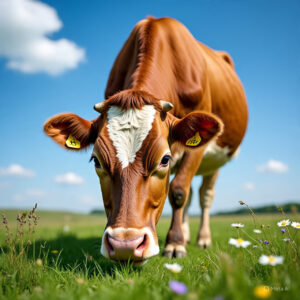Introduction
Milk fever in cows is a serious metabolic disease. It often occurs in high-producing dairy cows. The condition usually develops around calving. It happens due to low calcium levels in the blood. Timely diagnosis and treatment are crucial to avoid fatal complications. This article explains the causes and treatments in detail.
What Is Milk Fever?
Milk fever is also called hypocalcemia. It results from a sudden drop in blood calcium. This usually happens after calving. Calcium is needed for muscle contraction and nerve function. When levels fall, cows may become weak and collapse.
Symptoms of Milk Fever
- Weakness
- Muscle tremors
- Cold ears
- Inability to stand
- Constipation
- Dullness
If untreated, it may lead to coma or death.
Causes of Milk Fever
1. High Milk Production
Cows producing large amounts of milk lose more calcium. The demand increases suddenly after calving.
2. Poor Calcium Regulation
Older cows have less ability to mobilize calcium from bones.
3. Imbalanced Diet
Excess calcium in pre-calving diet reduces the cow’s calcium absorption ability.
4. Lack of Vitamin D
Vitamin D helps in calcium absorption. Its deficiency leads to milk fever.
Prevention of Milk Fever
1. Balanced Diet
Feed low-calcium diets before calving. It prepares the cow to use body calcium reserves efficiently.
2. Mineral Supplements
Provide adequate magnesium and phosphorus. These minerals support calcium metabolism.
3. Vitamin D Injection
Veterinarians may give vitamin D before calving to help calcium absorption.
4. Monitor High-Risk Cows
Older and high-yielding cows need closer observation. Check their calcium levels regularly.
Treatment of Milk Fever
1. Intravenous Calcium
Calcium borogluconate is commonly used. It is injected slowly into the vein. This helps restore blood calcium quickly.
2. Subcutaneous Calcium
If IV is not possible, calcium can be given under the skin. It acts slower but still helps.
3. Oral Calcium Gel
Calcium gel or bolus can be given orally. It is useful for mild cases or as follow-up.
4. Keep the Cow Warm
Cold can worsen the condition. Use blankets or house the cow indoors.
5. Supportive Care
Ensure the cow has soft bedding. Help her stand using slings or supports if necessary.
Recovery and Monitoring
Most cows recover within 12 to 24 hours. But continued monitoring is important. Watch for relapse signs. Provide supportive care and continue dietary adjustments.
Economic Impact of Milk Fever
Milk fever can reduce milk yield. It increases veterinary costs. Cows may also suffer from retained placenta and mastitis later. Early prevention is more cost-effective than treatment.
Role of Farmers and Veterinarians
Farmers should recognize symptoms early. Regular health check-ups are important. Work with veterinarians for pre-calving plans. Educate farm workers to spot early signs.
Conclusion
Milk fever in cows is preventable and treatable. Early detection and proper diet can save the cow’s life. Veterinarians play a key role in managing the condition. Awareness among farmers can greatly reduce its incidence.




